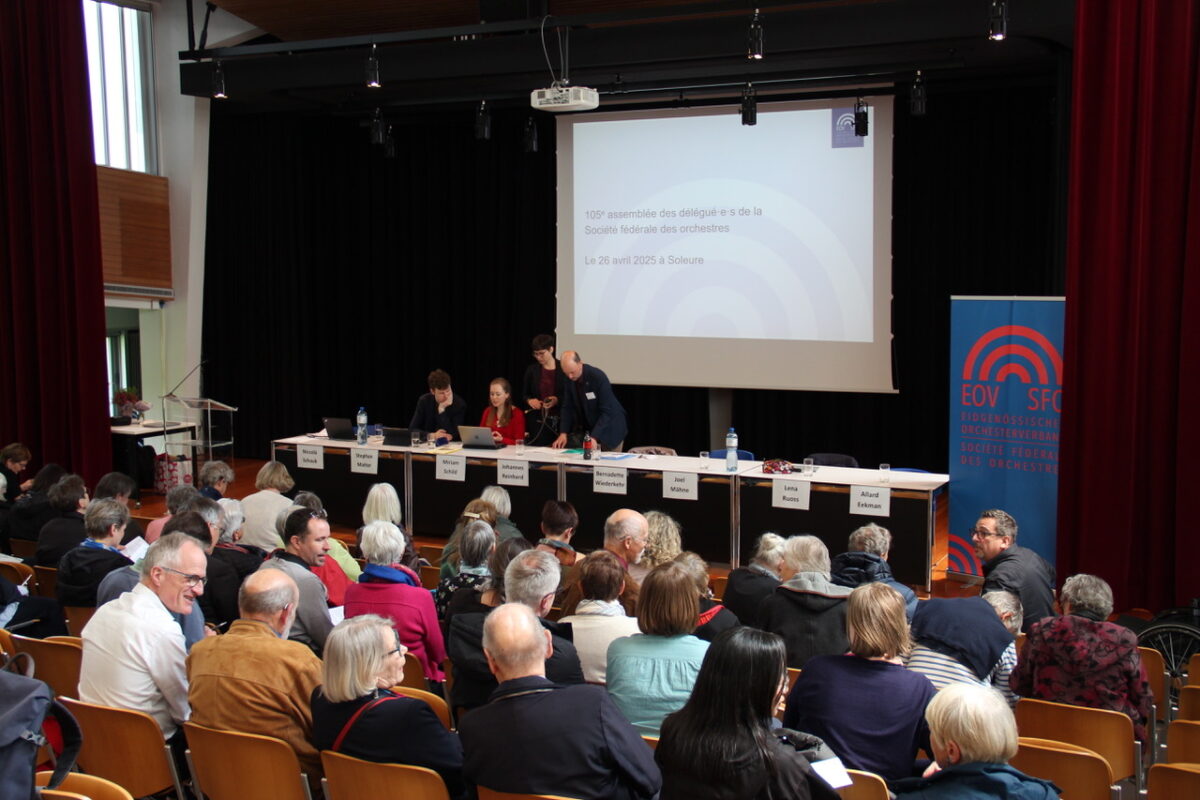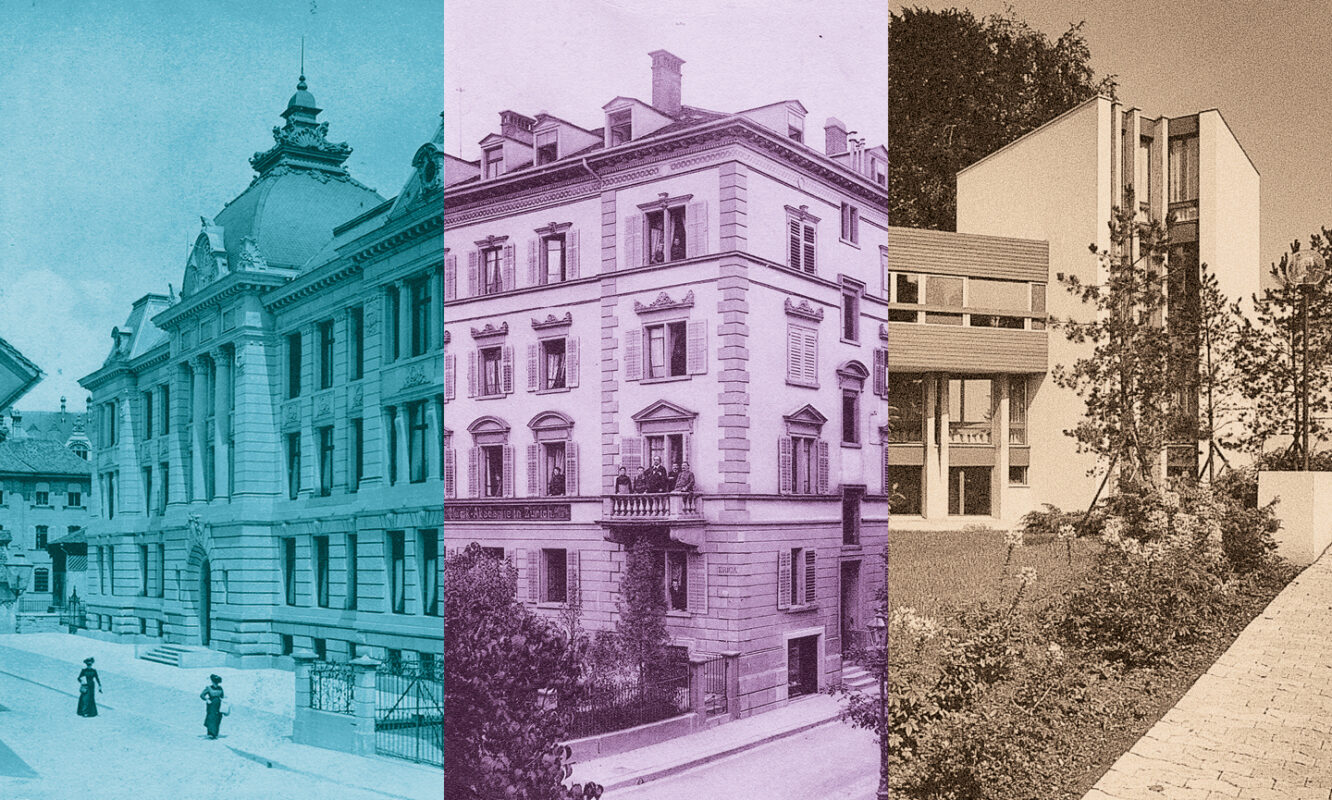How do seniors learn?
Mechanisms of brain plasticity in music teaching in old age.

Making and listening to music are among the most important leisure activities. Musical activities are no longer limited to children and young people, but an increasing number of older adults want to learn an instrument for the first time. Their share has been stabilizing at around 10 percent of music school enrolments for many years.
Making music is one of the most demanding activities of the human central nervous system. The coordinated activation of numerous muscle groups must be performed with maximum temporal and spatial precision and often at very high speed. The movements are subject to constant control by the ear, the sense of sight and the body's own perception. In addition, memory systems and emotional networks are activated.
It is undisputed that making music promotes the development of the nervous system at all ages, even in old age. In older professional musicians, numerous adaptations are found that are signs of "brain plasticity": Broca's speech center in the left frontal brain region is enlarged - which is explainable, as musicians "speak" in sounds. The cerebellum, responsible for fine motor coordination, is larger, and the auditory cortex in the upper part of the temporal lobe also has a greater neuronal density. Exercise-dependent neuroplastic adaptations of the nerve fibers also affect other fiber structures in addition to the beam: the so-called pyramidal tract, which runs from the motor cortex to the motor nerve centers in the spinal cord, is more pronounced in pianists than in non-musical controls.
The influence of musical-sensomotor learning on the neuronal networks of the cerebral cortex was also demonstrated over ten years ago in older musical amateurs learning to play the piano. The temporal dynamics were surprising here: after just 20 minutes of practicing the piano, a functional coupling with simultaneous activation of the nerve cell networks in the auditory cortex and in the sensorimotor areas developed in adult beginners. This rapid change can only be explained by an increase in connectivity. After five weeks of training on the piano, these initially only temporary changes in neuronal networking were stable and there was an increase in neuronal exchange and neuronal conduction velocity between the auditory and motor regions. These changes can already be explained by increased labeling of the nerve fibers that connect auditory and movement processing. But does this also benefit general cognitive performance?
The most informative study to date, which used psychological methods to investigate the transfer of musical activity to other cognitive skills in older people, was conducted by Bugos and colleagues. The authors gave piano lessons to 16 senior citizens aged between 60 and 85 for six months and compared their cognitive performance with a control group of 15 subjects of the same age before and after six months of piano lessons. Three months after the end of the training, a final test of cognitive skills was carried out. The piano group had improved performance after the lessons, which included working memory and executive functions such as planning and strategizing. However, these improvements in performance were rather weak and in some cases were no longer detectable three months after the end of the lessons. Nevertheless, initial evidence of the above-mentioned changes through musical training has been obtained.








